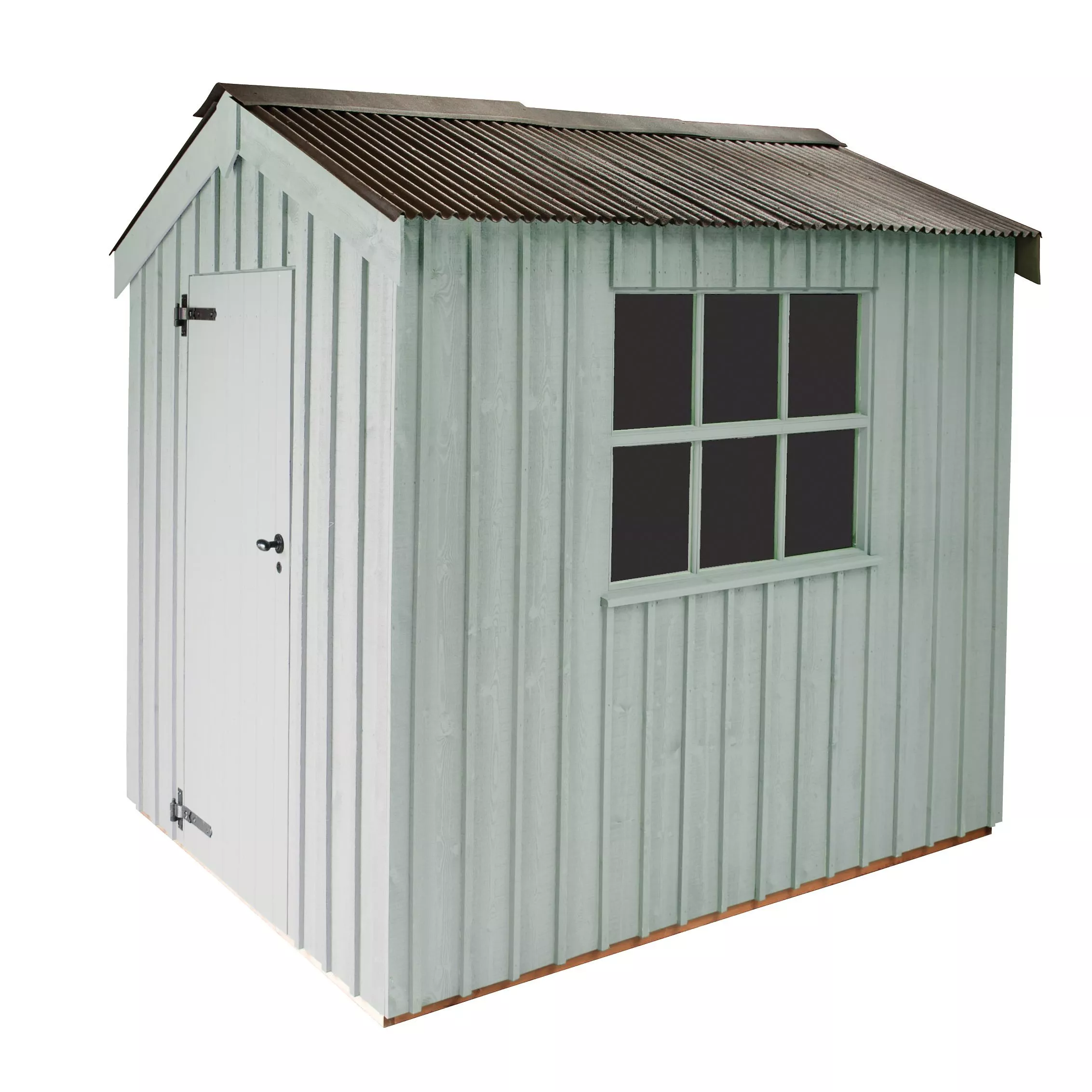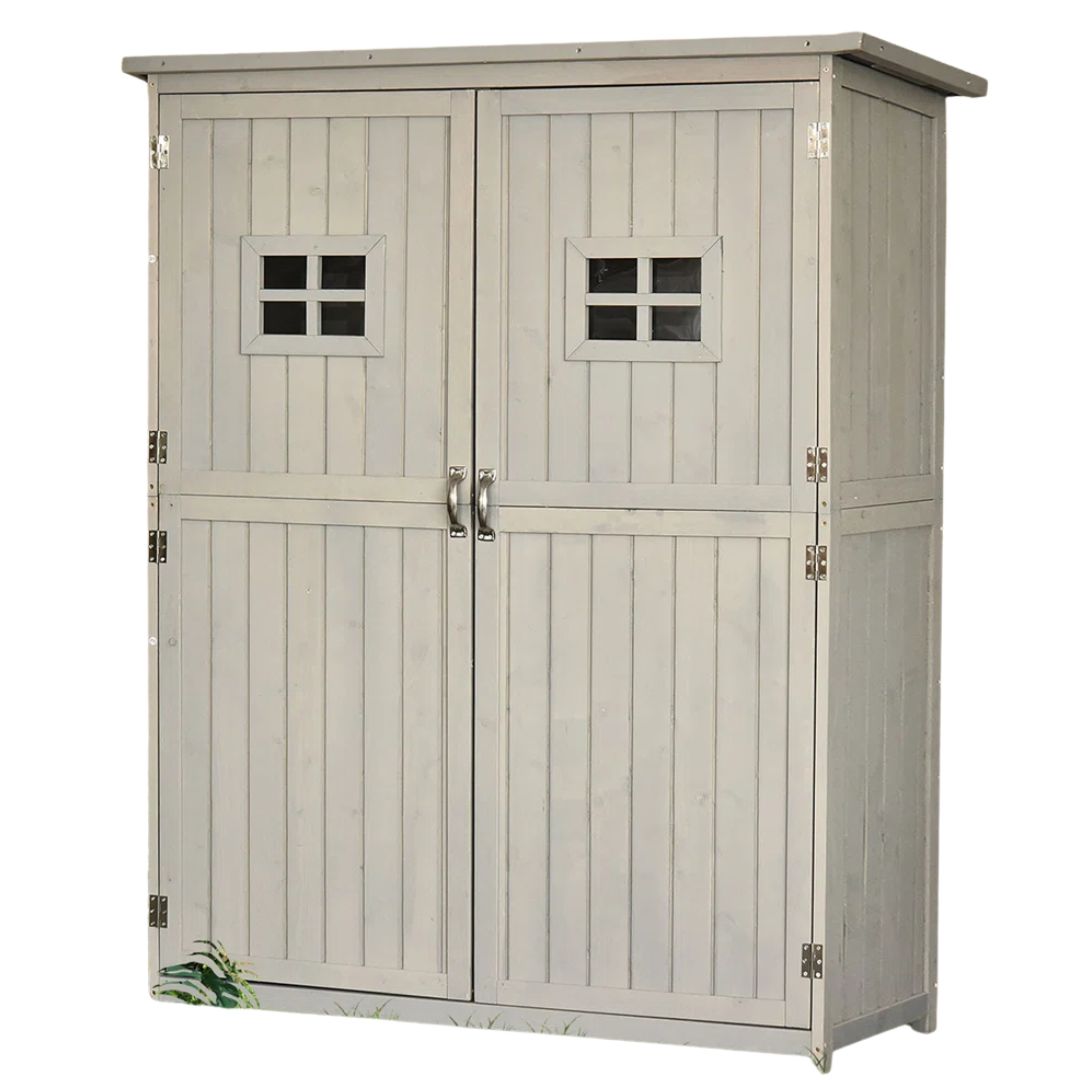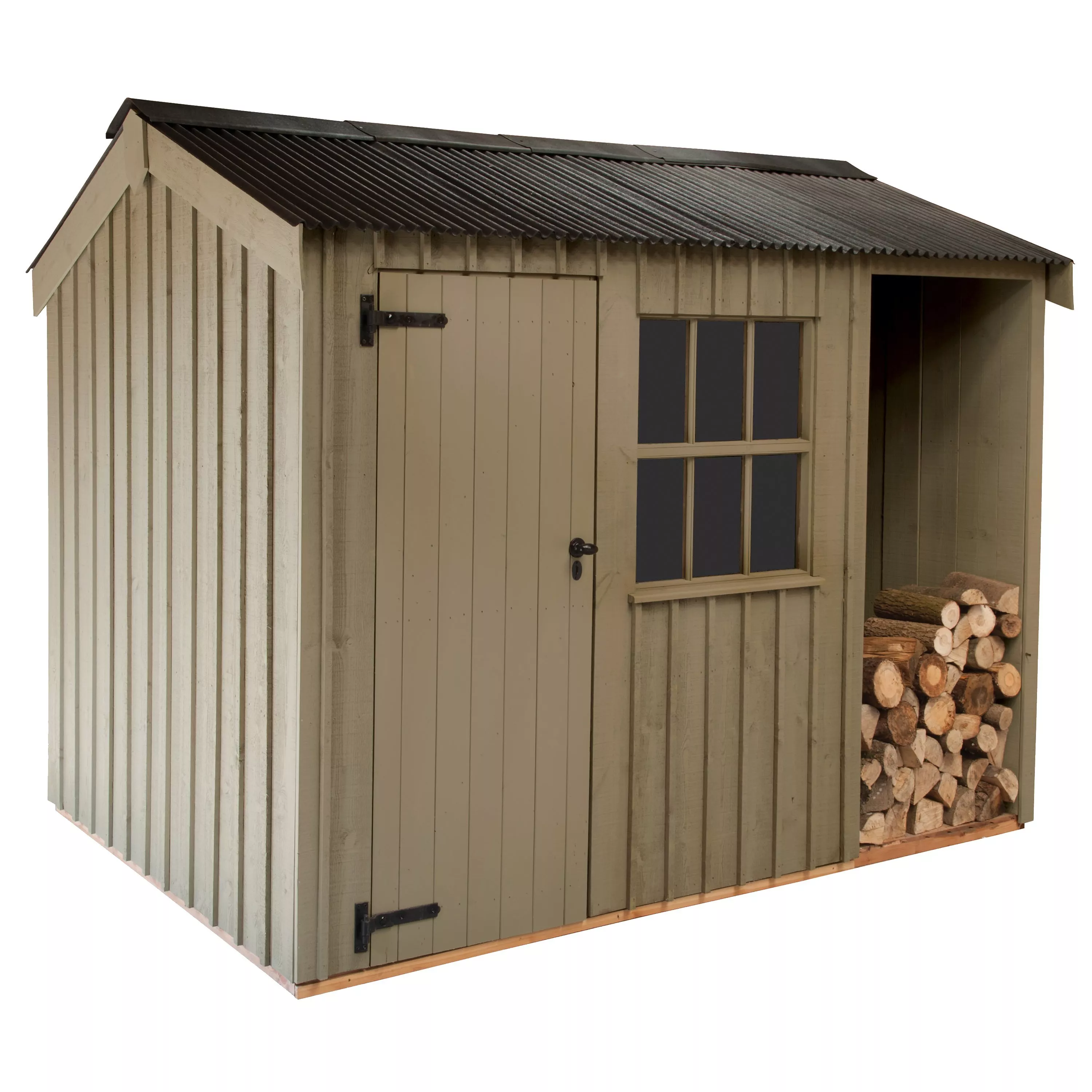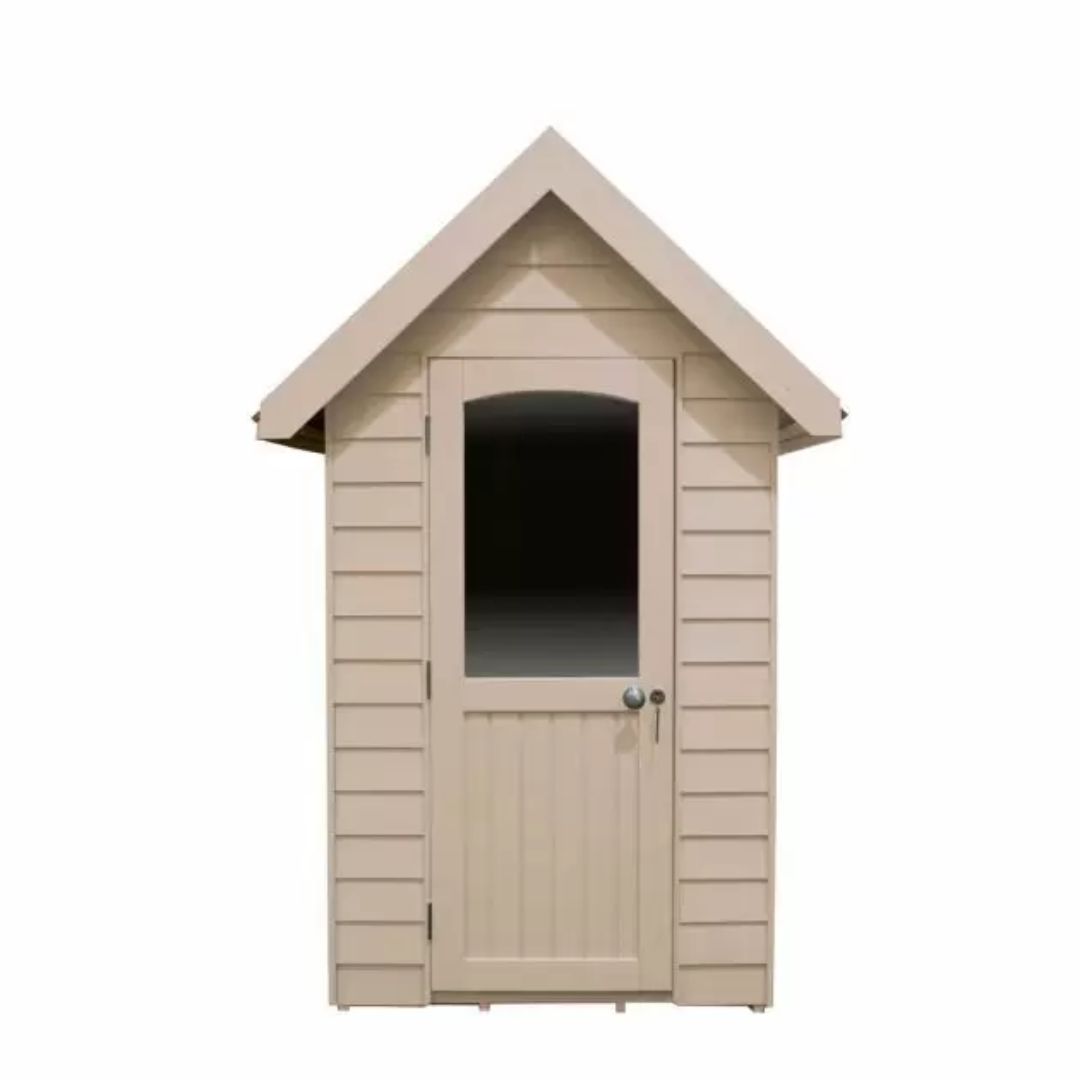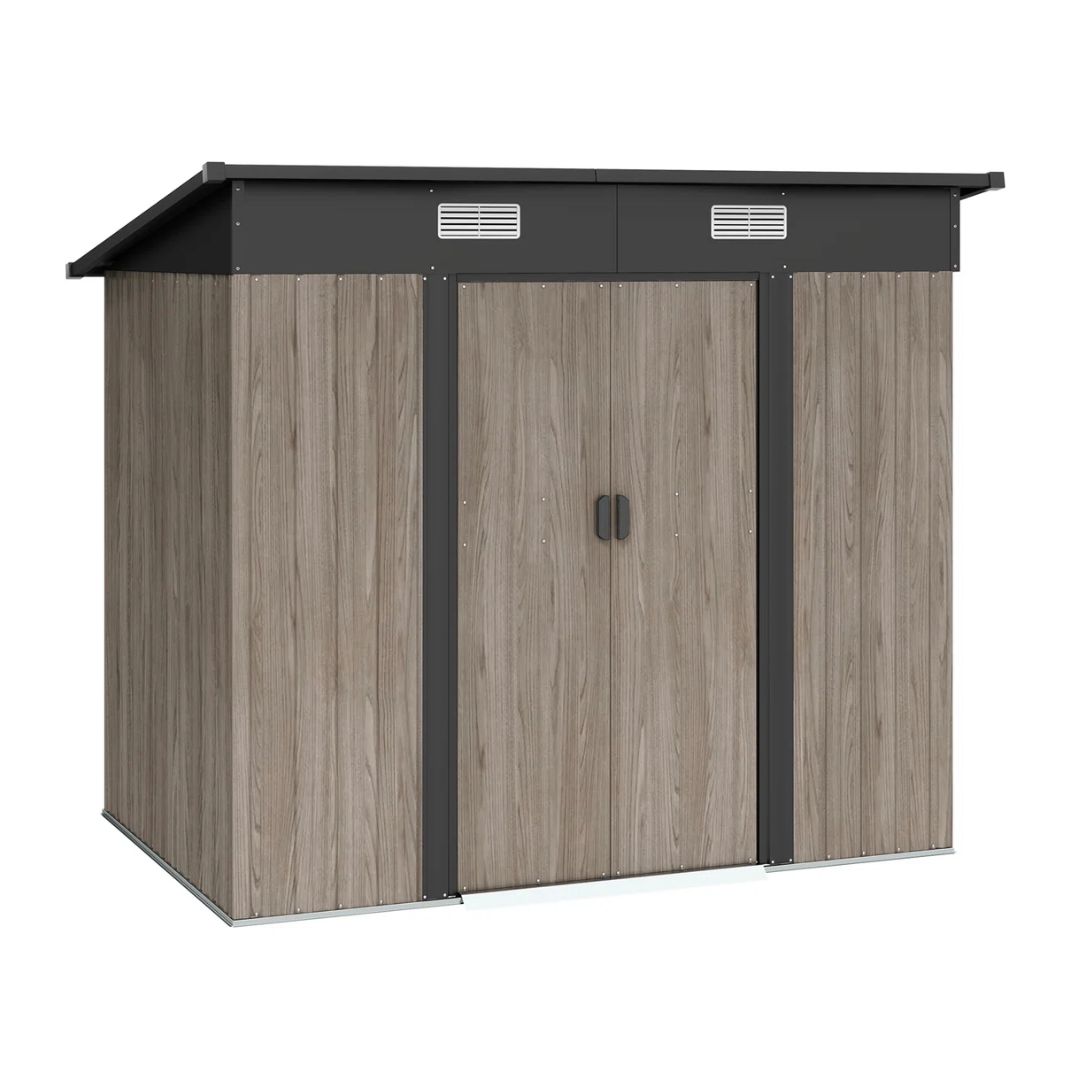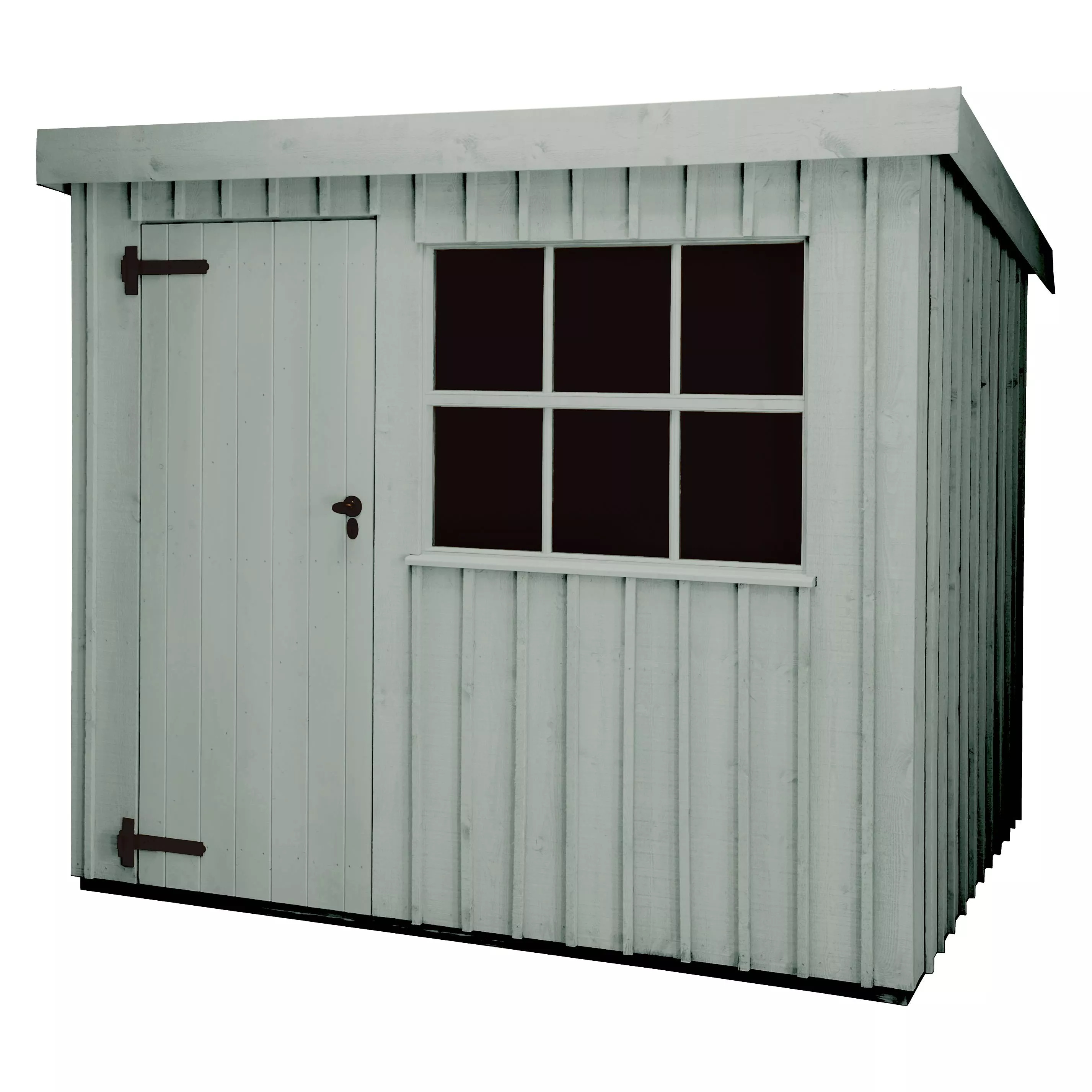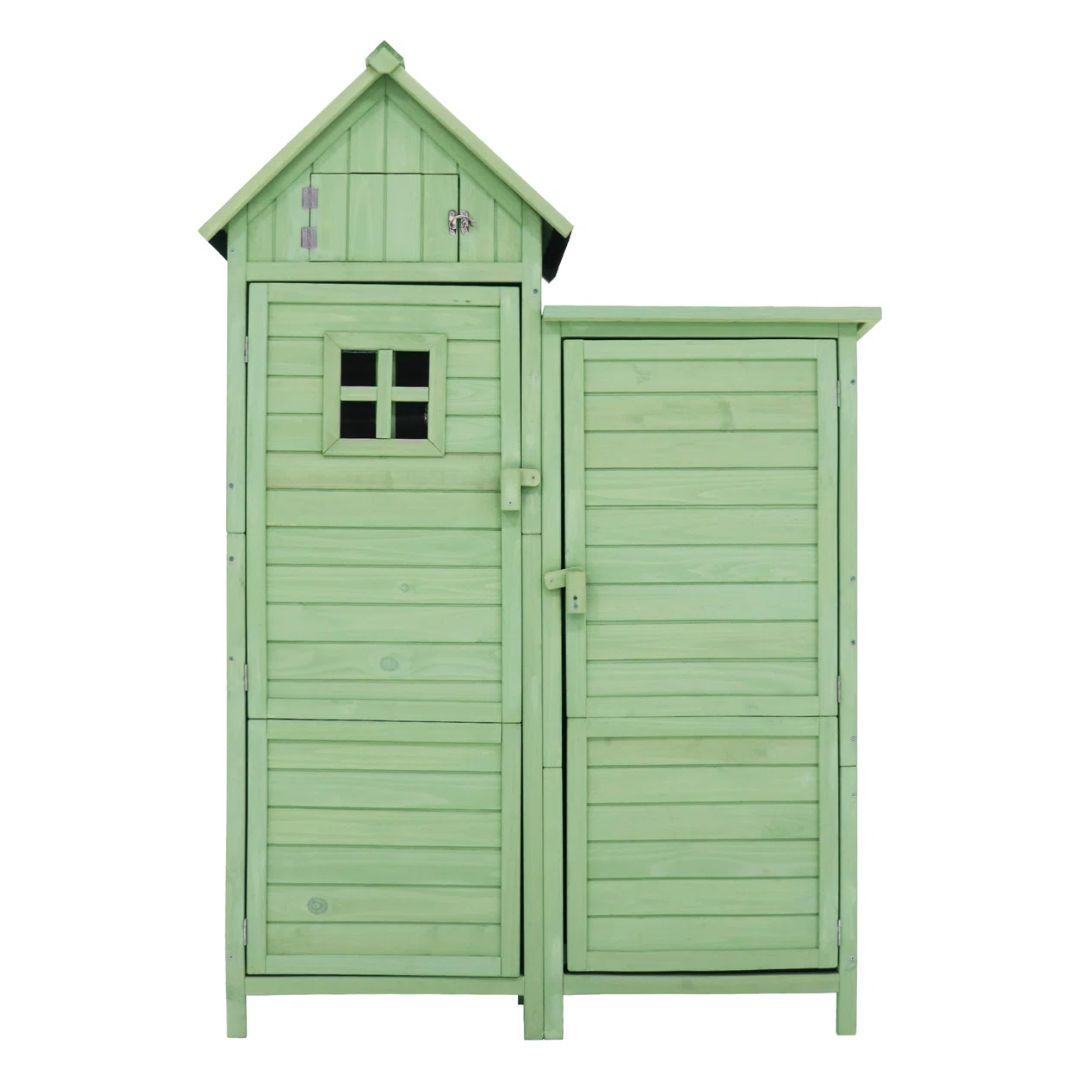9 Common Garden Shed Mistakes You Need to Avoid Making, and How to Rectify the Problem If You've Stumbled Into One of These Pitfalls
Avoiding garden shed mistakes is easy with our expert-led guide for an end result that is both a practical option and pleasing to look at
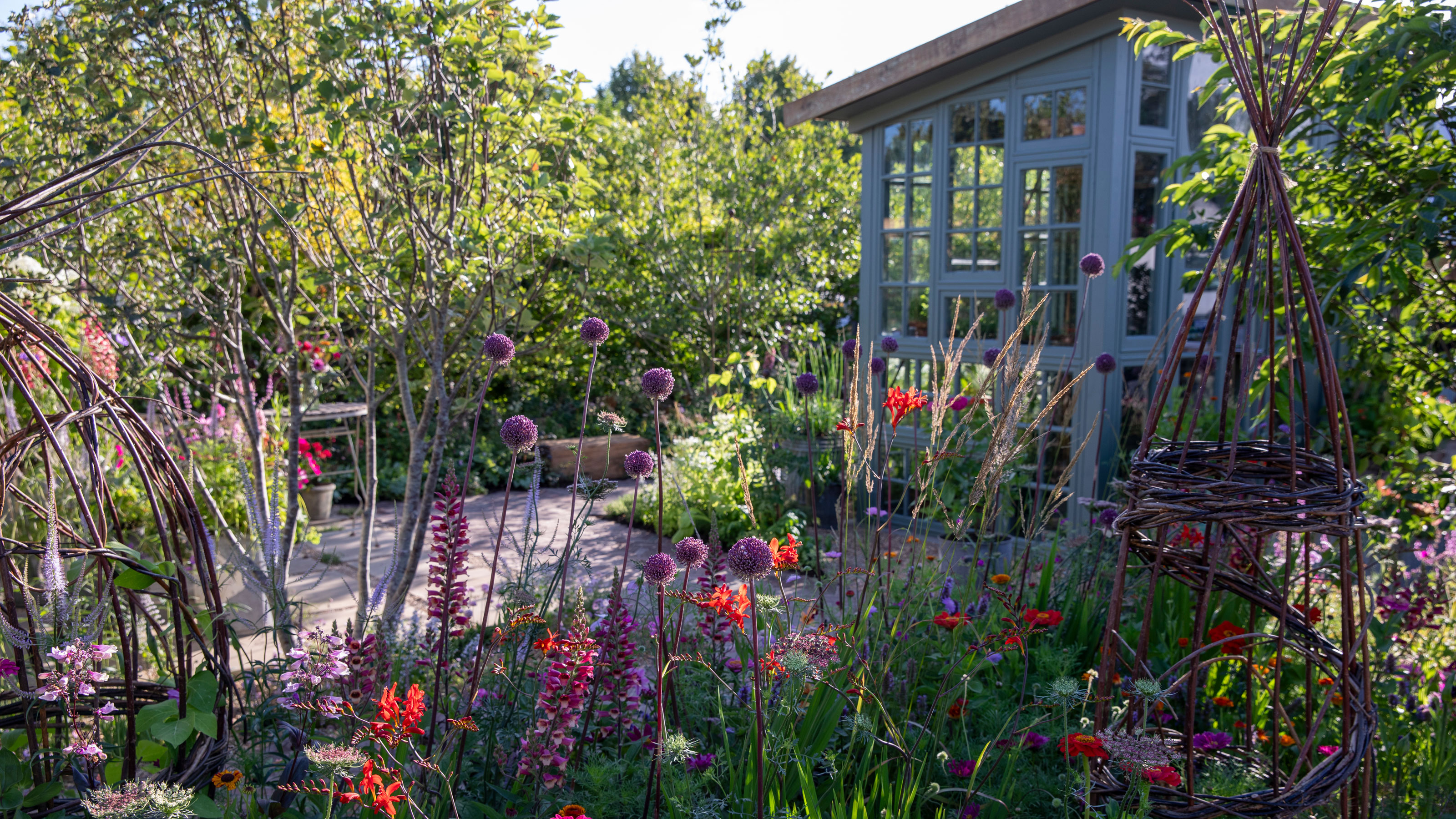
Everyone loves the idea of putting up a garden shed, and in theory, it should be easy to assemble one you're happy with. The reality is that there are quite a few practical garden shed mistakes it's easy to make, but you'll probably only realise there's a problem when it's too late.
As well as the practical pitfalls where things can go wrong during the planning and build, it's also easy to forget about the shed's role in the overall garden design. One of the biggest mistakes is not integrating your shed into the overall design aesthetic and treating it simply as a place to store things.
It's also worth mentioning that you should always check out the situation regarding planning permission with your local authority at the get-go, so you don't sabotage your project if it doesn't meet the stipulated criteria. This is the case for garden shed ideas. Now, find out what our experts have to say about the 9 common garden shed mistakes and how to avoid them.
1. Choosing the Wrong Location
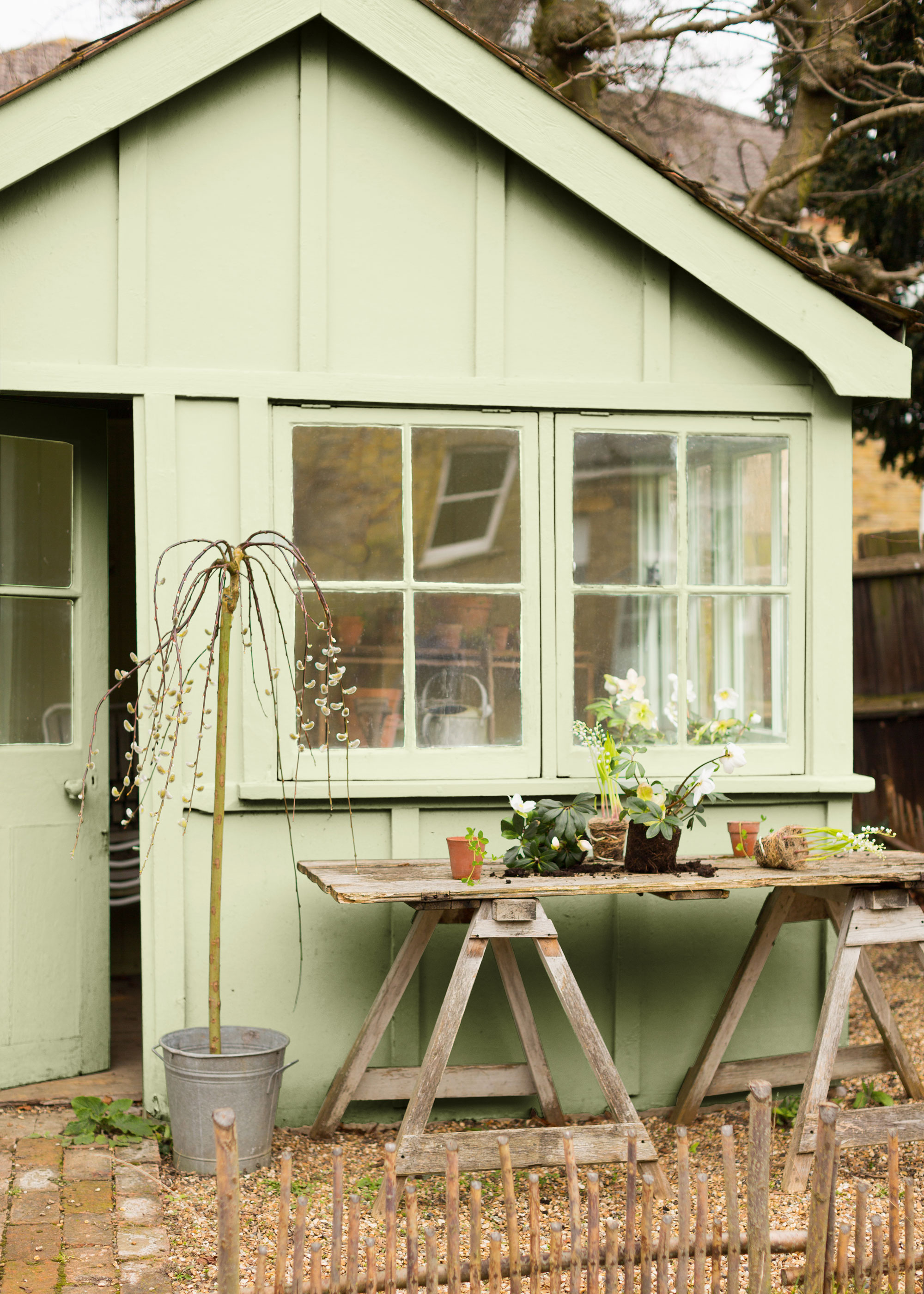
Don't position your shed too close to your neighbors.
"Location should be the first consideration when you’re erecting a shed in your garden," says shed expert Andrew Wilcox, founder of Cuprinol Shed of the Year. "Places that are particularly shady or damp can sometimes mean rot and mildew are more likely. Even more so if there is also a lack of ventilation in your shed."
The best location advice is to build your shed on flat but slightly elevated ground, and to avoid any low spots where rainwater tends to pool. The shed should have decent access to sunlight too, so it doesn't become dank. "Perhaps the most crucial point on location is to ensure your shed meets any permit requirements needed for your build," adds Andrew. "Checking you have the right permissions to carry out the build should be priority number one."
There are also boundaries to consider when trying to maximize space. This means not positioning your shed too close to the fence, as this makes it harder for you to get around the back and sides for maintenance. It could also upset the neighbors. Rules can vary depending on where you live. It's always a good idea to check with your local planning authority for guidance to avoid common garden shed mistakes like this.

Andrew Wilcox is the head judge and founder of the Cuprinol Shed of the Year competition. A passionate sheddie since his youth, his mission is to open the eyes of the world to the importance of the shed.
2. Selecting a Shed That Isn't the Right Size
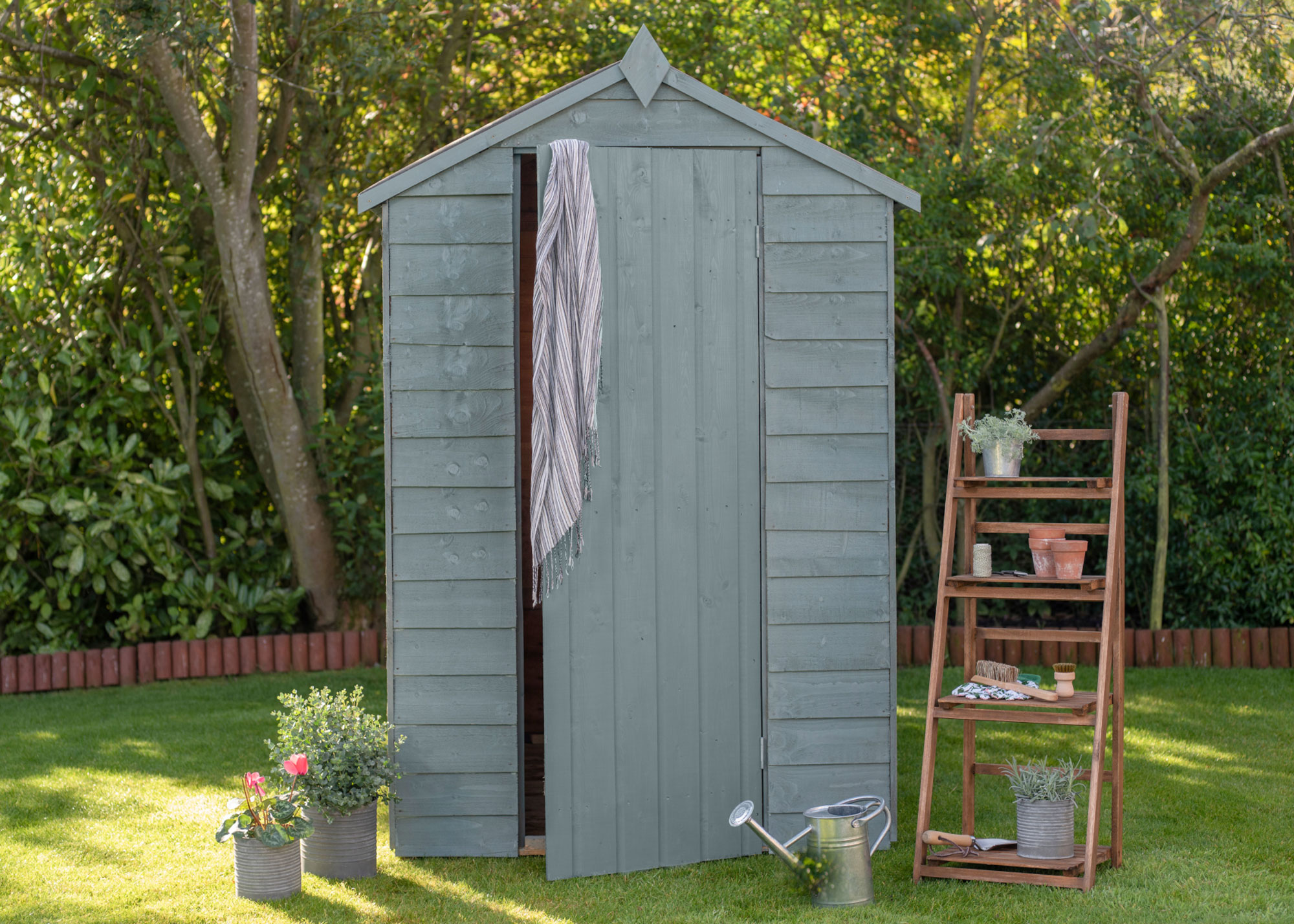
Small and perfectly formed but is it big enough?
“One of the most common garden shed mistakes people make when planning a shed is underestimating how much space you'll actually need," says garden shed expert Sam Jenkinson. "It’s easy to focus on the external dimensions, but don’t forget that roof overhangs and the thickness of the walls can reduce the usable floor area."
The Livingetc newsletters are your inside source for what’s shaping interiors now - and what’s next. Discover trend forecasts, smart style ideas, and curated shopping inspiration that brings design to life. Subscribe today and stay ahead of the curve.
Think about how you plan to use the shed, whether that's for storage, hobbying, or a potting area, and plan accordingly, making sure there’s plenty of room inside to move around and store your belongings comfortably.”
It's a good idea to plan for more space than you think you need. Consider what you’ll be storing and whether you’ll need extra room for shelving or workbenches. It’s better to overestimate than to realise later that your shed is too small.
And if you're wondering where to buy a garden shed, there are a few options that will certainly elevate your backyard.

Sam Jenkinson is the garden shed expert for garden building and log cabin retailer Tiger. He has been at Tiger for over five years and has built up a vast knowledge and experience in all areas. He is a keen gardener and self-proclaimed 'shed head'.
3. Failing to Prepare the Shed Base Correctly
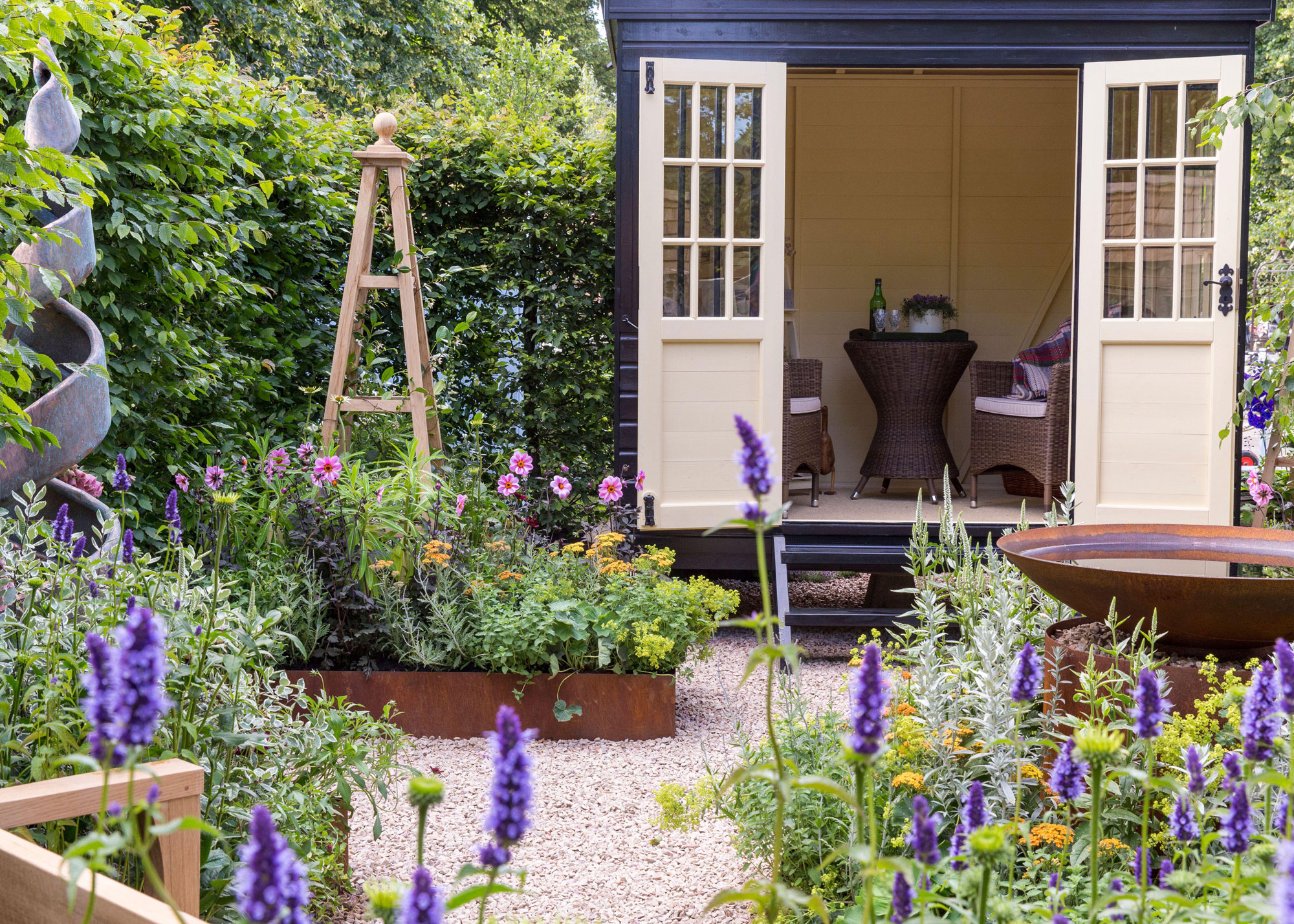
Up is good when it comes to shed bases.
"It’s one of the big garden shed mistakes not to build your shed on a stable base," says construction expert Thomas Goodman. "Without it, your shed will be less stable and likely to sink, warp, and lean over time. It will also be less resistant to stormy weather."
If the base isn't level, it can also lead to structural damage, and doors and windows not aligning properly. Additionally, a sub-standard base can allow moisture to seep in, which encourages wood rot. Avoid this mistake by ensuring your base is level and well-drained, which will help prevent these problems in addition to extending the life of your shed.
You can also consider installing a damp-proof membrane under the base. This additional layer will prevent moisture from the ground from penetrating the shed floor.

Thomas Goodman has worked as a property and construction expert for MyJobQuote for six years and has worked in the construction industry for over 20 years. Thomas continues to work on building projects while providing expert construction and property advice to industry professionals and DIY enthusiasts.
4. Forgetting About Good Ventilation
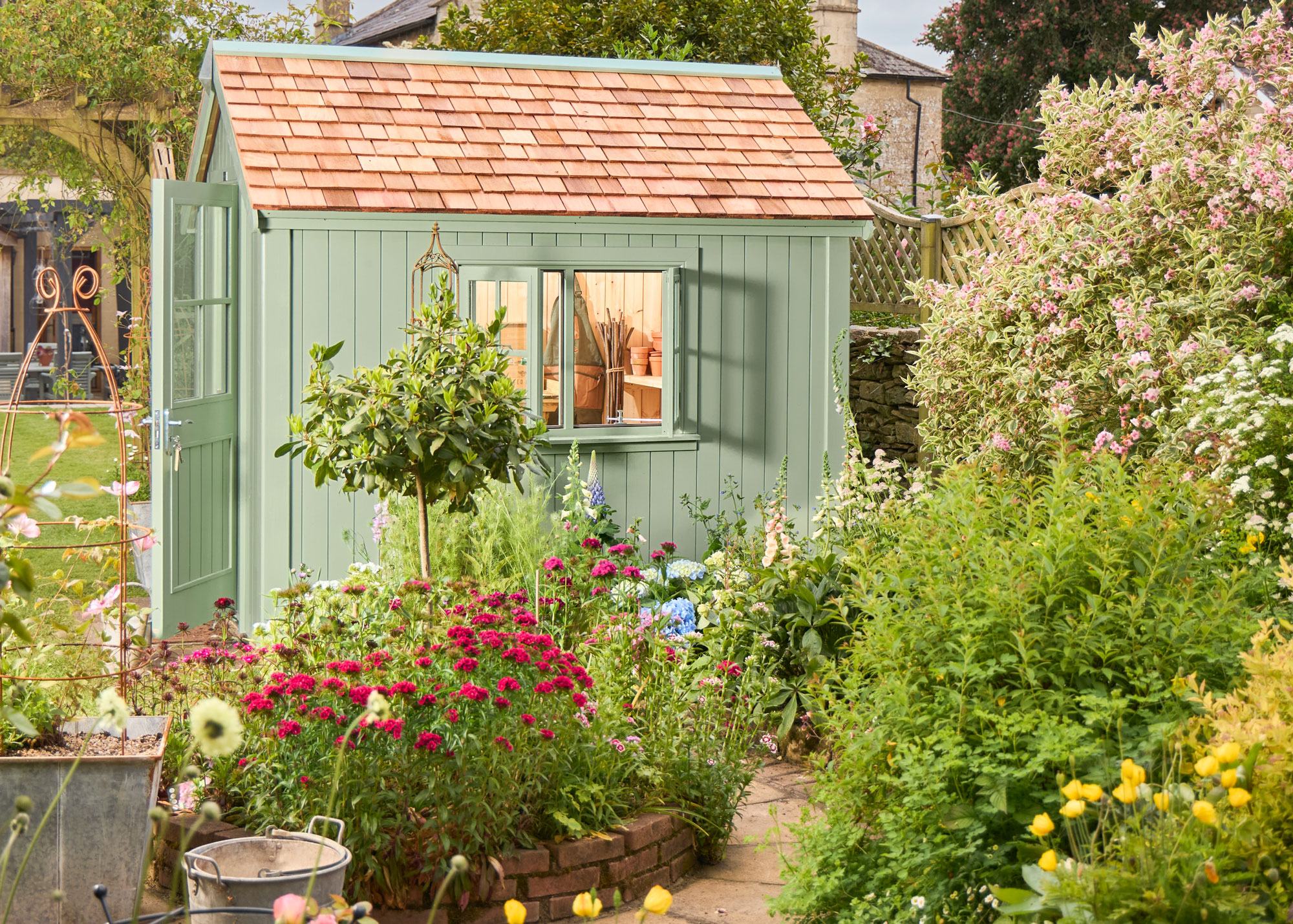
Remember to throw those windows open.
Sheds can get really hot inside, so make it more comfortable if you plan on using the interior as a lifestyle space in addition to storage. You can do this by installing ventilation that will help to keep the interior cool and dry, plus prolong the lifespan of the shed. Also, it's best to be aware of the things you should not store in a shed, especially if it lacks ventilation.
“Proper airflow is often overlooked, but it’s essential for maintaining a healthy shed environment," explains Sam Jenkinson. "Poor ventilation can lead to a build-up of damp, mould, and rust on tools, electronics, and other stored items."
Installing vents or leaving small gaps for airflow will help regulate moisture levels and temperature, says Sam. Another option is a small window that can be opened on warm days to let the fresh air circulate. This not only protects your belongings but also prevents structural issues like wood rot caused by prolonged dampness.
Extreme temperature changes can be an issue in garden sheds. "It’s a mistake to think that you don’t need insulation too," adds Thomas Goodman. "Insulation will help to protect the interior of your shed from getting too hot or too cold."
5. Using Cheap and Inferior Materials
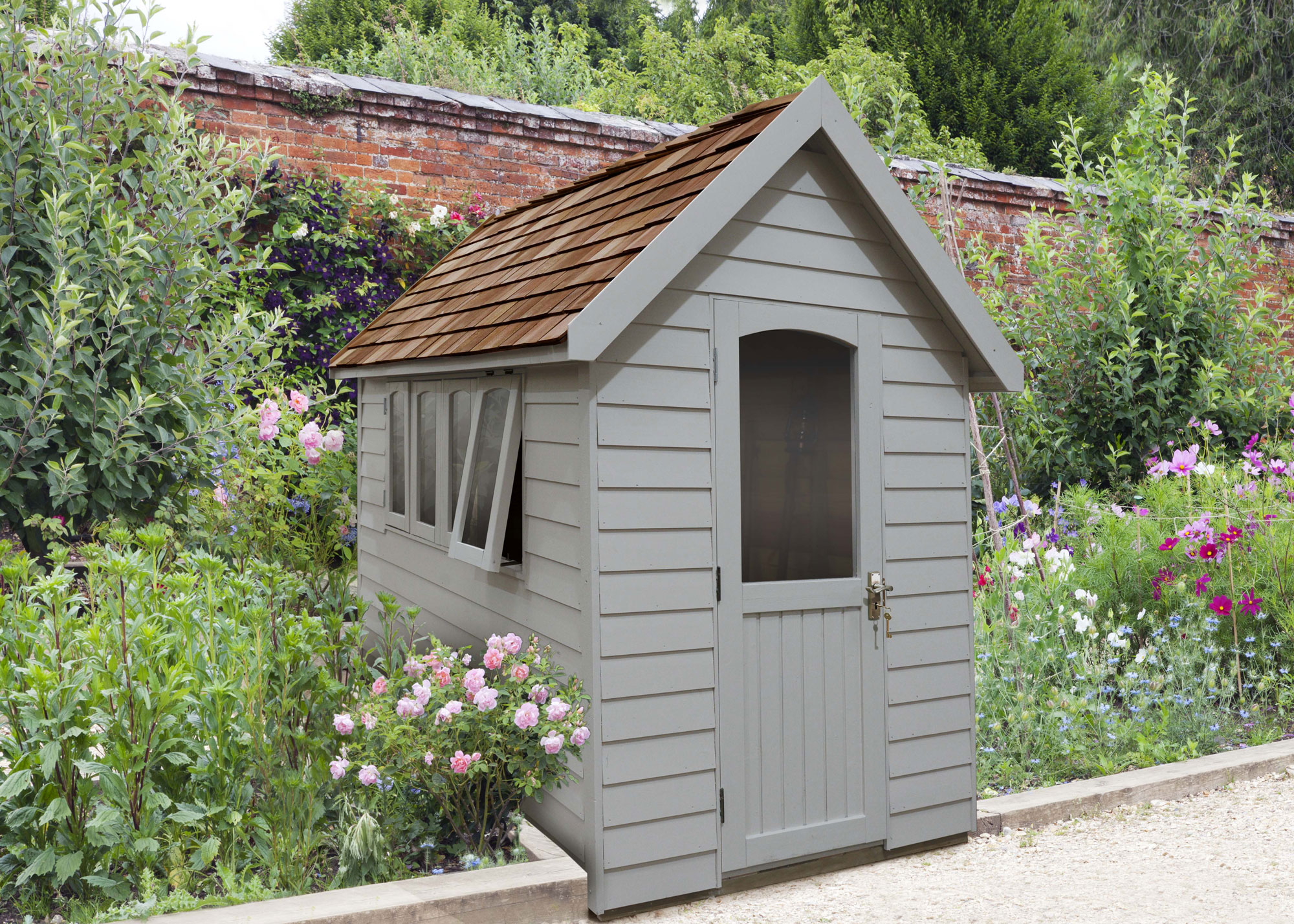
Go for quality, always!
Many people prioritize the price of a shed over the quality, but this is one of the big garden shed mistakes to avoid if you want it to last. "Cheap materials won’t stand up to extreme weather conditions as well as high-quality materials," explains Thomas Goodman.
"If you’re going for a metal shed, look for smooth powder coating that’s been evenly applied, as this is less likely to chip and flake off. With composite and plastic sheds, check that they have a strong metal frame and UV-resistant panels to ensure they don’t fade and warp in the sun. If you’re choosing a timber shed, make sure it’s adequately protected with paint, varnish, or stain."
Your garden shed needs to withstand harsh conditions, so it’s a mistake not to think about the design and materials as well as your shed's maintenance. "To handle heavy rainfall, a shed needs a reasonably steep roof slope and a decent overhang or guttering to ensure the water is directed away from the shed walls," explains Thomas. It may also be helpful to add gutters and a water butt to capture rainfall, as well as create a gravel channel around the edges of the base to improve drainage.
Consider materials like asphalt shingles or metal roofing, which offer good durability and water resistance. Use caulking around windows and doors. Even if it’s a small shed, these steps will add years to its life by keeping out the elements.
6. Assembling the Shed Incorrectly
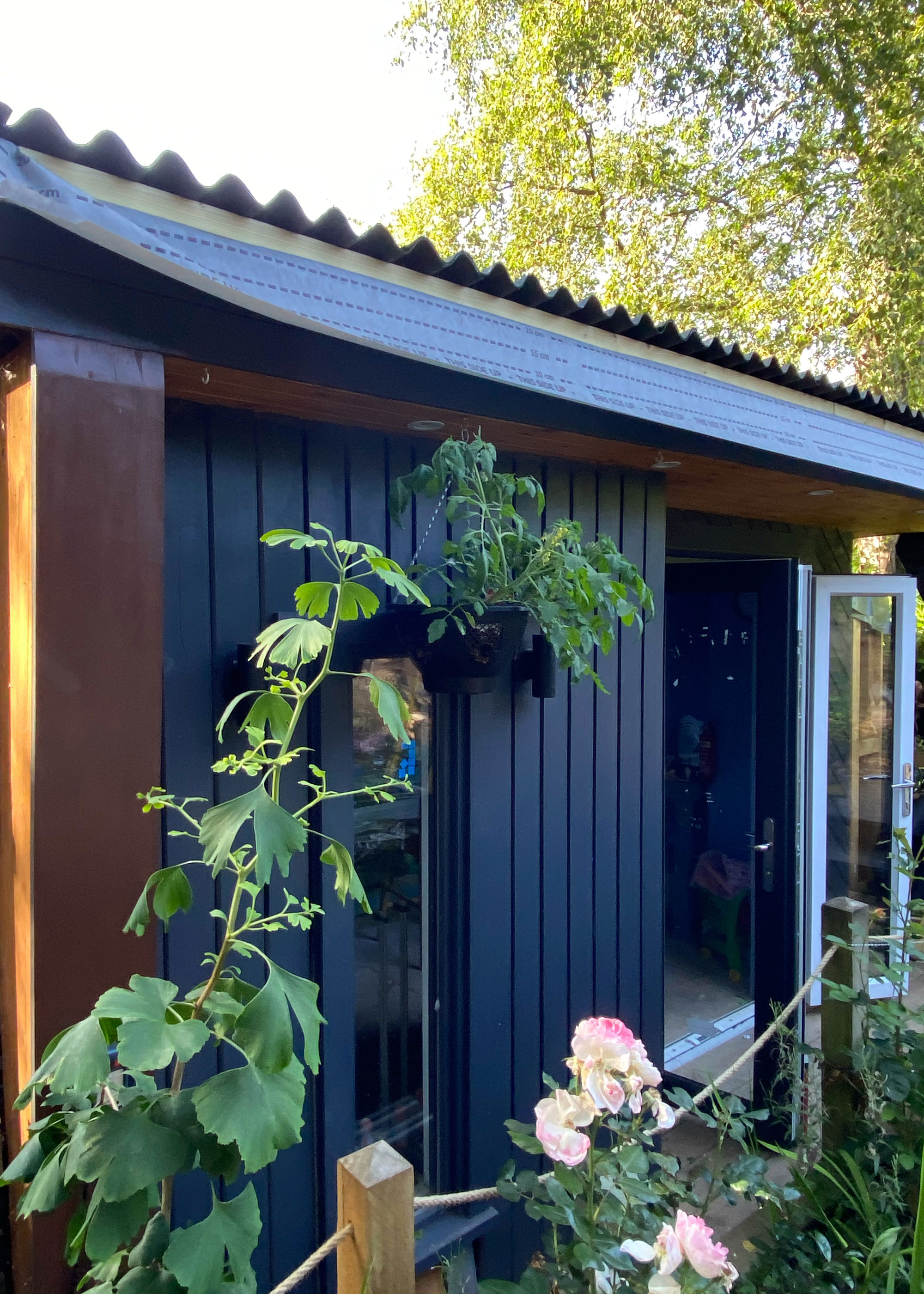
Always opt to ask a friend for help as you'll need extra hands.
A wooden garden shed is straightforward to assemble and will arrive flat-packed. The shed will be supplied as a set of individual panels that are ready to be screwed together. This makes the build relatively quick and easy, and two people with some basic DIY ability should be able to assemble it in a couple of hours without too much difficulty.
Before you start, read through the instruction manual and familiarize yourself with each step to ensure you're clear about what exactly you need to do. If you're not confident in your DIY abilities, you may prefer to opt for the professional home assembly option that's usually available when ordering.
Allow plenty of time, as rushing the assembly process can result in needless errors in your modern garden. Follow the instructions carefully at every stage to make sure you avoid making common garden shed mistakes like screwing the parts together incorrectly. Ensure all pieces are securely fastened and double-check for accuracy at each step.
7. Failing to Weatherproof Your Shed (And Continuing to Do So)
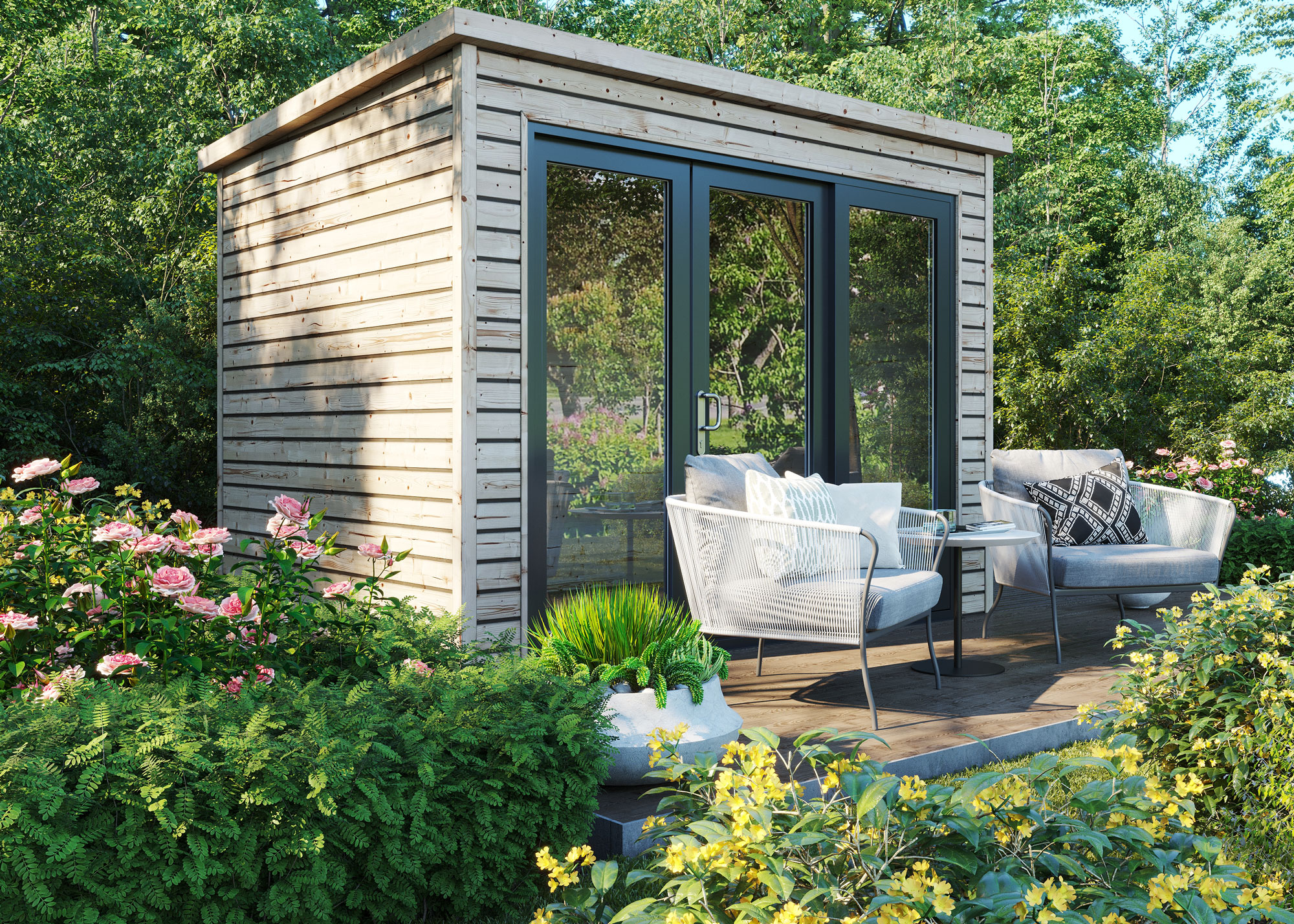
Shed weatherproofing and maintenance is everything.
Your shed will be enduring all sorts of weather outside year-round, from baking hot temperatures in summer to freezing cold ones in winter. Failing to seal and treat the wood of your shed properly can result in premature weathering and decay. It's a good idea to use a quality wood preservative on the shed panels before assembly, and add another coat once your shed is built.
“Even if your shed is made from treated timber, it still needs to be weatherproofed regularly," says Sam Jenkinson. "A quick annual application of a good-quality sealant as part of a regular shed maintenance routine can dramatically extend its lifespan. Weatherproofing helps prevent timber from rotting, reduces the build-up of mould and mildew, and protects the contents from moisture damage. It’s a small effort that makes a big difference.”
8. Forgetting About All the Extras like Lighting and Security
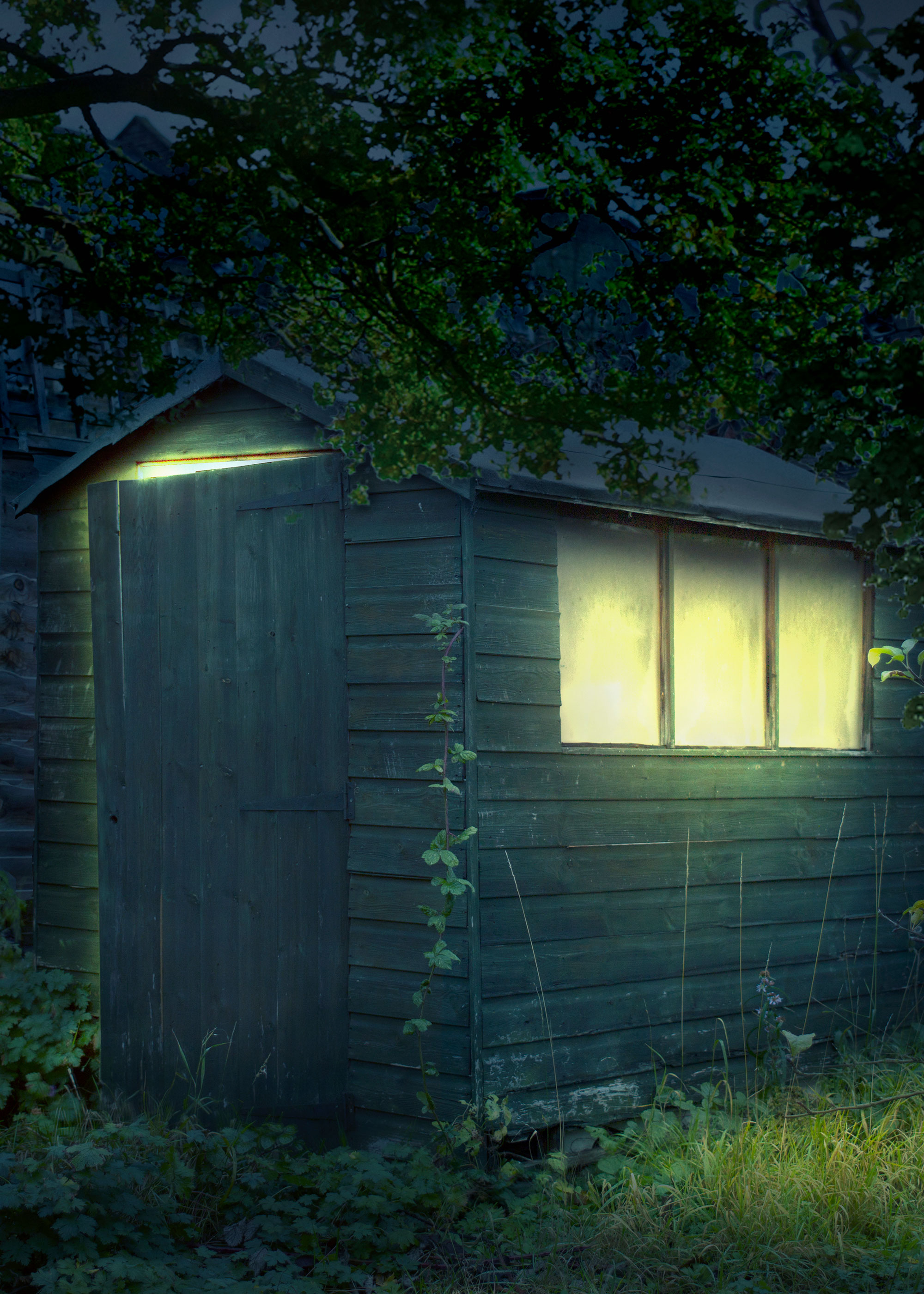
Good lighting lets you make use of a garden shed at night.
Garden lighting is often overlooked, but it can transform a shed into a usable workspace or cosy retreat. Factor in the power supply at the planning stage so you can add decent lighting if you're going to use the space in the evening.
If you don’t want to run an electricity supply to your shed, think about installing rechargeable or battery-powered lights. To light the exterior of the shed, consider solar-powered lights, battery-operated LED strips, or motion-sensor lights.
It's easy to overlook security, too. “Many people don’t think about shed security until it’s too late," says Sam Jenkinson. "Always secure doors with a quality padlock and hasp, and consider using coach bolts instead of screws for added strength. For high-value items, additional security like motion-sensor lights, alarms, or window coverings is a smart investment.“
9. Overlooking Decent Storage Options to Maximize Space
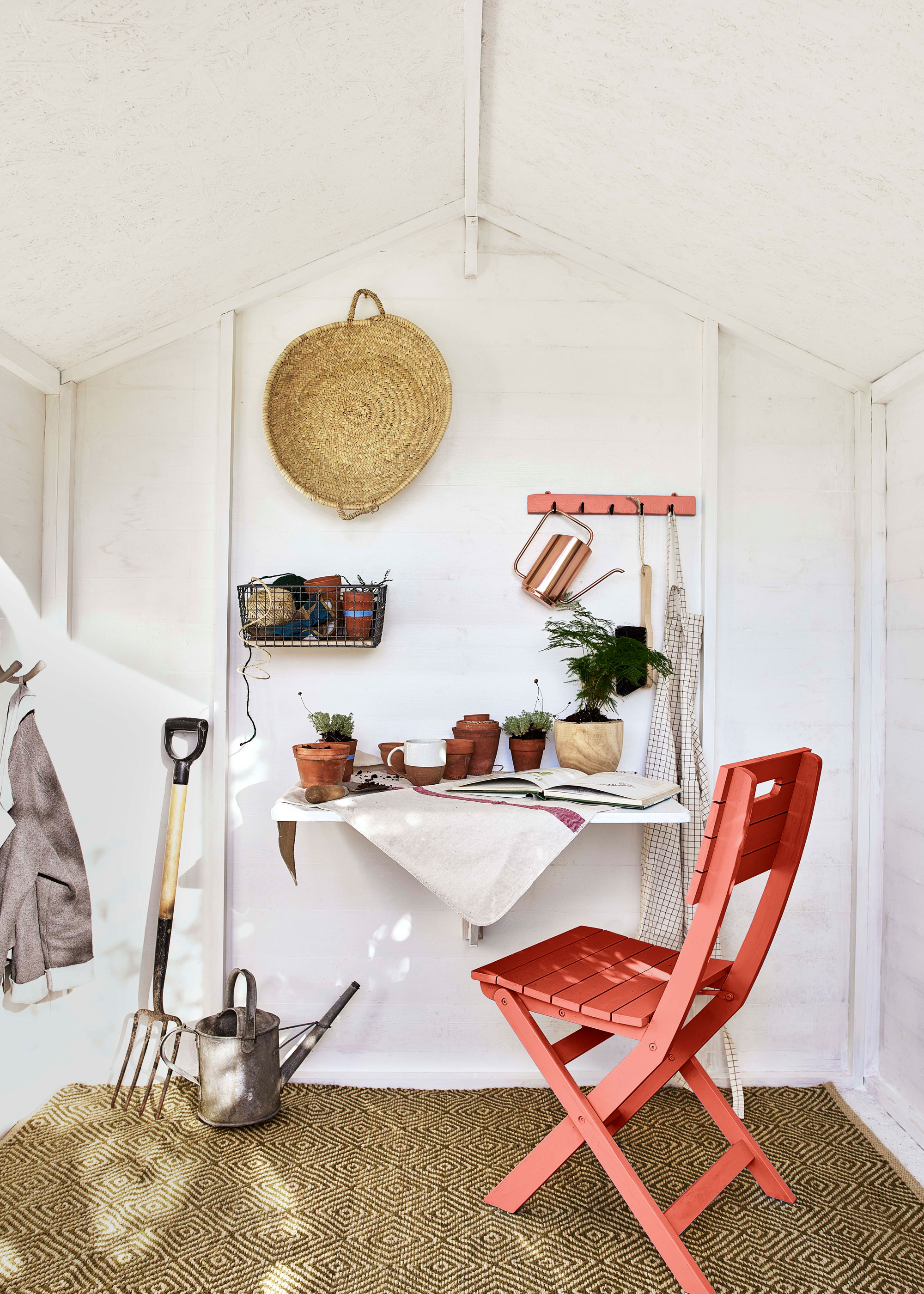
A well-organized shed is the dream.
One of the common garden shed mistakes is forgetting to include enough storage options during the build. This means working out suitable shed shelving ideas from the get-go, not as an afterthought. Failing to do this means you can end up with a cluttered space where you can't find anything.
"It’s very easy to forget just how important storage and organisation are in a shed," says Thomas Goodman. "Having well-designed shelving, racks, and hooks is key to being able to fit in all of your tools and supplies and knowing where to find everything in an instant."
“Organising your shed efficiently is key to protecting stored items like garden furniture," says Barker and Stonehouse design expert Lena Gierasinska. "Wall-mounted hooks or brackets are ideal for keeping smaller or foldable pieces off the ground, freeing up valuable floor space. Experimenting with shelving can help accommodate various sizes of gardening tools and accessories, ensuring everything has its own place.
“When storing garden furniture, the aim is to protect it from damage caused by harsh weather, damp, and pests. Stack or dismantle items where possible to save space, placing heavier pieces at the bottom and lighter, more delicate items on top."

Lena Gierasinska is head of product and displays at Barker and Stonehouse. She has worked at the business for over 8 years. She has more than 13 years’ industry experience working with brands in the interiors and retail sector.
FAQs
Should a Shed Be Raised Off the Ground?
“Yes, a shed should always be raised off the ground," says Sam Jenkinson. "This improves airflow underneath, helping to prevent rot, damp, and pest problems. It also allows for better water drainage, keeping the structure dry and stable.
Timber sheds that are placed directly onto soil or lawn are likely to rot due to ground moisture. "Use paving slabs, a concrete base, or a wooden subframe to achieve a stable, elevated foundation. Aim to raise the shed by at least 4–6 inches (10–15 cm), which offers enough clearance for ventilation and drainage."
We've covered the common garden shed mistakes, but there's just one final thing we think you should take into account.
"When choosing a shed, we often overlook the design of the doors," says Thomas Goodman. "But it’s an important element to think about. If you’re planning to store large equipment such as mowers and bikes in there, it might be easier to get things in and out if you opt for double doors."
Lifestyle journalist Sarah Wilson writes about garden design and landscaping trends. She has studied introductory garden and landscape design, and also has an RHS Level 2 qualification in the Principles of Plant Growth and Development. She is a regular contributor to Livingetc.com, and also writes for Homes & Gardens, Country Living, Country Homes & Interiors, and Modern Gardens magazines. Her first job was at Elle magazine, during which time a trip to the beautiful La Colombe d'Or in St-Paul-de-Vence led to an interest in writing about all things botanical. Later as lifestyle editor at Country Homes & Interiors magazine one of the highlights were the run of captivating country gardens that were featured.
